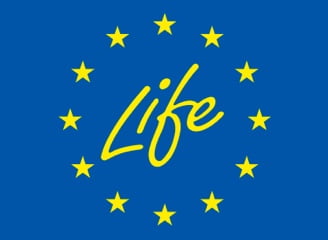PLASTIC WASTE
IS A PROBLEM

Recycle Your Boots was born from the consciousness that our society globally is producing an enormous quantity of waste.and that plastic has become a big problem for our planet, gas big as a continent.

when old ski boots reach the end of their usable life they often end up in a dump or are burned in waste-to-energy plants..

we want to make it possible for anyone who wants to get a new pair of ski boots, vogliamo offrire la possibilitá di restituire quelli vecchi, di qualsiasi marca. Tecnica Group will recycle the old pair completely, in a transparent and sustainable process.
Bring your old pair of ski boots, from any brand, to one of our ryb dealers
Buy a new pair of nordica or tecnica ski boots
Register to stay engaged with the project and support the cause

HOW DOES IT WORK?
TRANSPORTATION
The old ski boots are carried to the collection center in Italy using reduced environmental impact vehicles. We have a dedicated transportation plan, that keeps the number of collections to a minimum and optimize the routes to prevent unnecessary travel.
DISMANTLING
A ski boot is made of some 120 components, 70 of which are in the liner. Once the ski boots get to the collection center, the liners are removed and plastic and metal components are separated from each other and moved to the transformation center.
TRANSFORMATION
The 120 components, after being pre-selected and separated, are shredded, and then washed. Metals are divided into ferrous and non-ferrous materials and plastics are sorted into polyurethane and polypropylene. Obtaining second generation materials makes it possible to use fewer natural resources.The 120 components, after being pre-selected and separated, are shredded, and then washed. Metals are divided into ferrous and non-ferrous materials and plastics are sorted into polyurethane and polypropylene. Obtaining second generation materials makes it possible to use fewer natural resources.
WHAT DO WE GET?
In the end, what is left of the ski boot? Little grains of plastic and a pile of aluminum, ready to be recast and reused in industrial production.
REGENERATION
Metals recovered during this transformation process are then introduced back to the market to make new ski boot buckles, or for other applications, such as bicycle frames or structural elements. When it comes to the plastics, we regenerate two types: polypropylene (PP) and thermoplastic polyurethane (TPU). Our PP granules are used to make new office chairs, garden furniture, flooring and containers. This avoids having to produce virgin PP through carbon fossil fuels and saves CO2 emissions. Part of this plastic material is used directly to make components for new ski boots from our brands. TPU is used in the world of both sports and traditional footwear – to make soles, inserts, reinforcements and wedges. For example, the wedges inside the shells, cuff reinforcements, heel and toe sections and rear spoilers.
WE ARE STUDYING SEVERAL POSSIBLE APPLICATIONS FOR TO RECYCLE LINERS TOO, SUCH AS USING THE RECOVERED MATERIALS IN THE PRODUCTION OF NEW PROTECTION MATTRESSES FOR SKI SLOPES.
WE ARE AT THE BEGINNING OF A NEW WAY OF CONCEIVING THE SKI BOOT LIFE CYCLE.
RECYCLE YOUR BOOTS IS NOT THE FINAL ANSWER, NOT YET, BUT IT IS A SITE OF CONSTANT INNOVATION.




